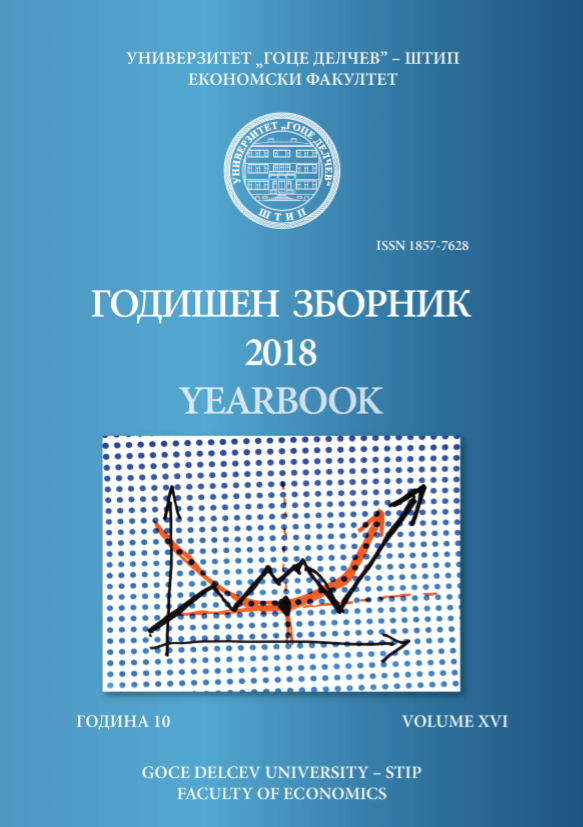СИНТЕЗА НА НОВАТА ИНСТИТУЦИОНАЛНА ЕКОНОМИЈА: ПРЕГЛЕД НА НЕКОИ ВИДУВАЊА ОД ТВОРЕШТВОТО НА ДАГЛАС НОРТ
Keywords:
институции, организации, институционална структура, институционалн економија, капитал, труд.Abstract
Неоинституционализмот и новата институционална економија (НИЕ) егзистирала како алтернатива на новата класична и новата кејнзијанска економија коишто ги прифаќале нивните тврдења и теории. Во пишувањето на овој труд се користени историски и теоретски методи. Во темата на истражувањата се вклучени институциите, организациите и институционалната структура, односно ќе стане збор за Теоријата на институционалните промени. Имено, целта на овој труд е да направи преглед на синтезата на новата институционална економија со акцент на клучните видувања на Даглас Норт.
Downloads
Download data is not yet available.
Downloads
Published
2020-12-20
Issue
Section
Articles
How to Cite
СИНТЕЗА НА НОВАТА ИНСТИТУЦИОНАЛНА ЕКОНОМИЈА: ПРЕГЛЕД НА НЕКОИ ВИДУВАЊА ОД ТВОРЕШТВОТО НА ДАГЛАС НОРТ . (2020). Yearbook - Faculty of Economics, 16(1), 85-92. https://js.ugd.edu.mk/index.php/YFE/article/view/3919

